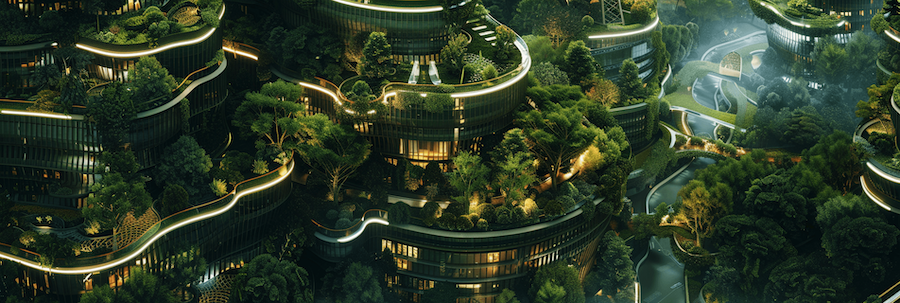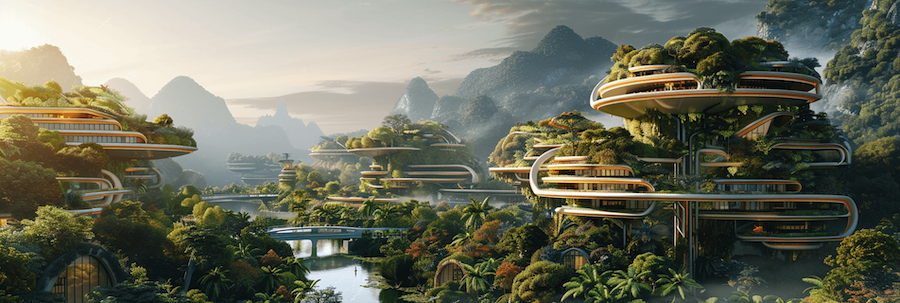Integration of Technology and Nature
Written on January 1st , 2017 by Eadwyn
Millennial is a minimalist Jekyll theme. The purpose of this theme is to provide a simple, clean, content-focused blogging platform for your personal site or blog. Below you can find everything you need to get started.
Getting Started
Getting Started: getting started with installing Millennial, whether you are completely new to using Jekyll, or simply just migrating to a new Jekyll theme.
Example Content
Questions?
This theme is completely free and open source software. You may use it however you want, as it is distributed under the MIT License. If you are having any problems, any questions or suggestions, feel free to tweet at me, or file a GitHub issue.
More Jekyll!
Lagrange
Lagrange is a minimalist Jekyll blog theme that I built from scratch. The purpose of this theme is to provide a simple, clean, content-focused blogging platform for your personal site or blog.
Feel free to check out the demo, where you’ll also find instructions on how to use install and use the theme.
Portfolio Jekyll Theme
This is a Jekyll theme built using the DevTips Starter Kit as a foundation for starting, and following closely the amazing tutorial by Travis Neilson over at DevTips. The purpose of this theme is to provide a clean and simple website for your portfolio. Emphasis is placed on your projects, which are shown front and center on the home page.
Everything that you will ever need to know about this Jekyll theme is included in the repository, which you can also find in the demo site.
Jekyll Starter Kit
The Jekyll Starter Kit is a simple framework for starting your own Jekyll project using all of the best practices that I learned from building my other Jekyll themes.
Feel free to check out the GitHub repository, where you’ll also find instructions on how to use install and use the theme.
